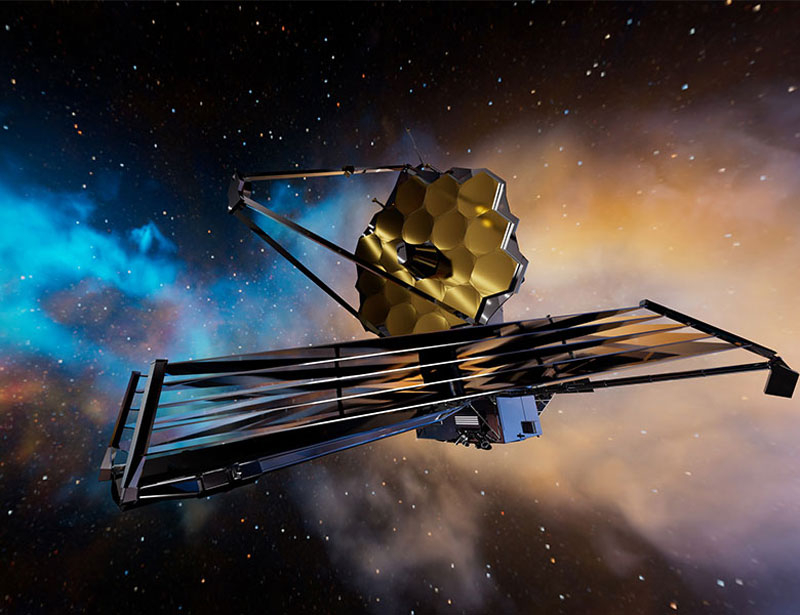About 60 years ago, the theory of dark matter began to take shape as an undetectable substance that plays a major role in the origin of objects in the Universe. According to the lambda-CDM model accepted in cosmology, stars and galaxies at the dawn of time were formed due to the “clumping” of dark matter and the concentration of matter around its clumps. An alternative theory was the variable gravity MOND model. Webb, MOND supporters say, is on their side.

Image source: NASA
Infrared Observatory named after. James Webb looked far into the early Universe. According to the Lambda-CDM model, the first galaxies began to take shape 300–400 million years after the Big Bang. Dark matter played a key role in their formation (and in the birth of stars), thanks to which ordinary matter came together and, under the influence of gravity, first gave birth to stars, and then galaxies, clusters of galaxies and superclusters of galaxies.
If this theory were correct, proponents of the MOND (Modified Newtonian Dynamics) model say, Webb would have seen faint and dim galaxies in the early Universe that would have turned into bright objects much later – a billion or more years after the Big Bang. Instead, Webb repeatedly finds large, bright and developed galaxies, similar to, for example, the Milky Way, at the turn of 500–900 million years after the Big Bang. This can only be explained by the MOND model, which does not provide a “crutch” in the form of dark matter.
To confirm this, one of MOND’s longtime supporters, American scientist Stacy McGaugh, ran a simulation using the data collected by Webb. The model calculated the growth process of many galaxies taking into account lambda-CDM and MOND. The calculation showed that the lambda-CDM model was unable to predict the growth of galaxies up to those observed by Webb, and MOND coped with this task significantly better. According to the scientist, this proves that the search for dark matter is an empty matter. It is necessary to look for signs of MOND – changes in gravity depending on the speed of objects.